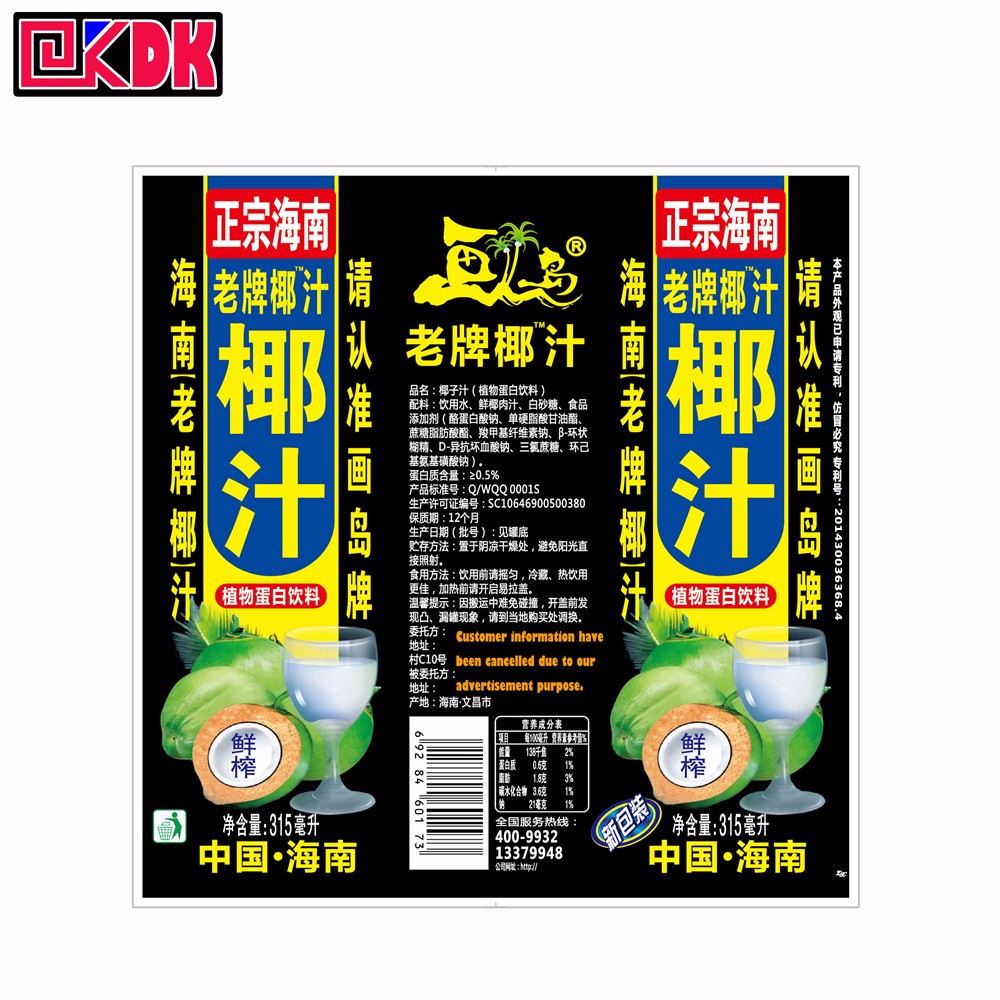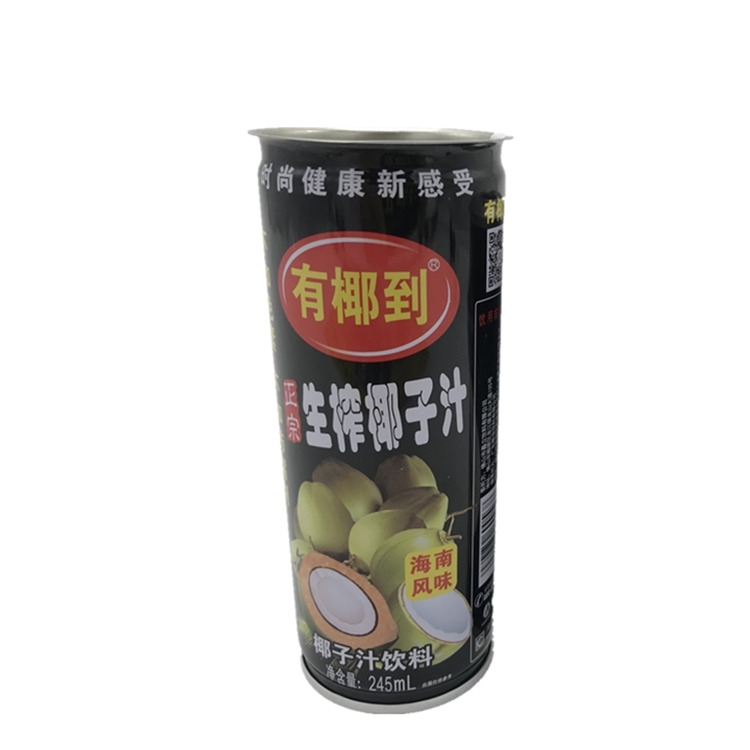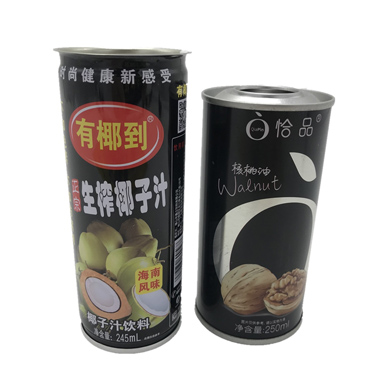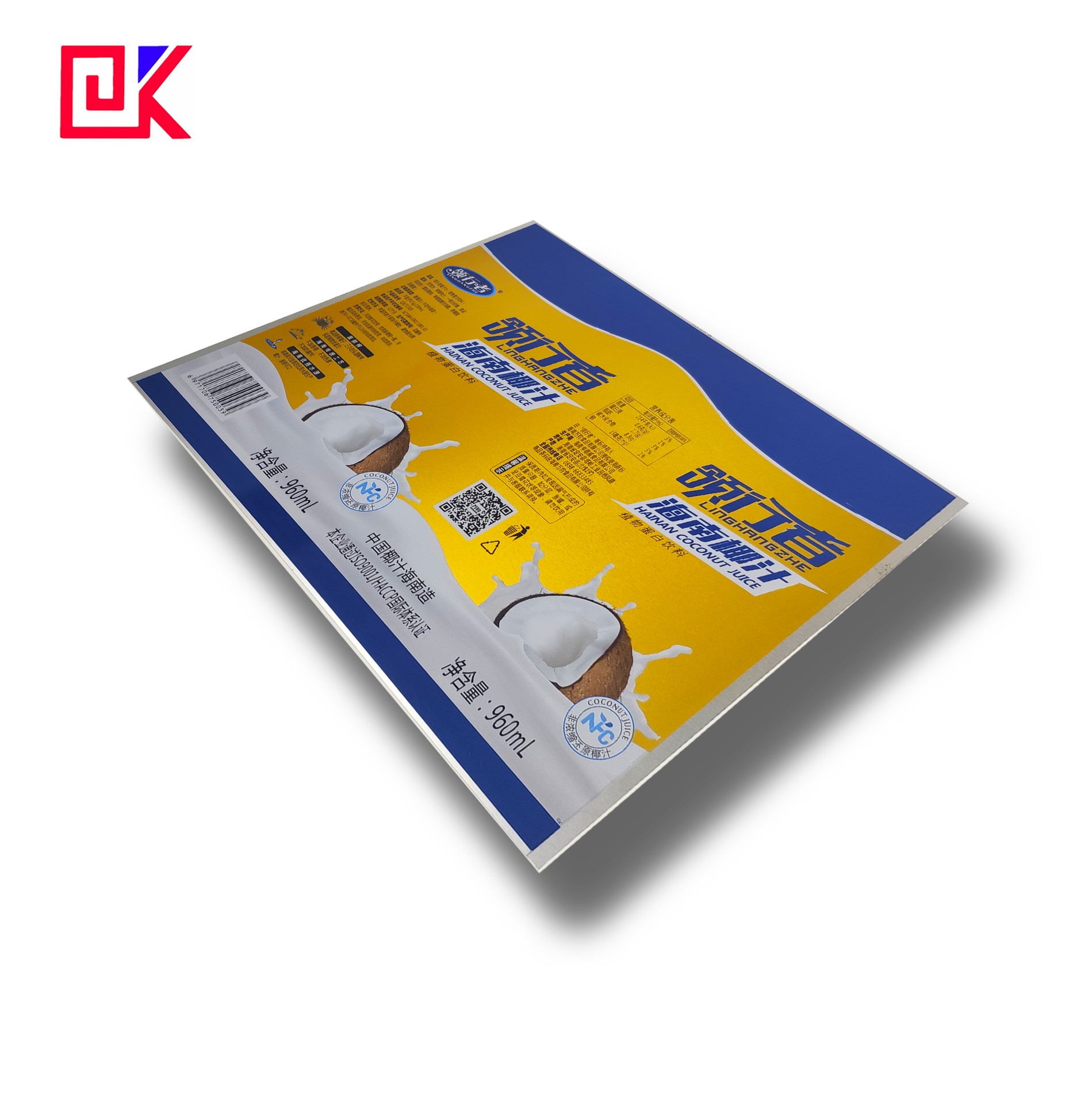Specification of Hardness Metal Tin Plate Printing For Dairy Can:
Product name | Hardness Metal Tin Plate Printing For Dairy Can |
Standard | AISI, ASTM, BS, DIN, GB, JIS (GB/T2520, JIS G3303, ASTM A623M, EN10202) |
Material | Tinplate sheet/Tinplate coil (MR SPCC) |
Steel type | MR grade for metal packaging |
Tin coating | 1.1~11.2g/m2 (1.1/1.1, 2.2/2.2, 2.8/2.8, 5.6/5.6, 8.4/8.4, 11.2/11.2) |
Temper Grade | T1~DR10 |
Annealing | BA,CA |
Passivation | 311GR |
Oiling | DOS |
Thickness | 0.15~0.45mm (Tolerance: +/-0.01mm) |
width | 508~960mm (Tolerance: 0~3mm) |
length | 712~1145mm |
Internal coating | White coation or Gold lacquer |
Outside printing | White coation+CMYK Printing+transparency lacquer |
Application | For any packing Box, Can, Bucket, etc(Food, oil, medicines, cosmetics, perfume,toys, chemicals, canned milk, milk cans etc.) |
MOQ | 2 tons for each size |
Printing capacity | 4000 tons per Month |
Loading | Foshan/Guangzhou/Shenzhen |
Lead time | 15~25 days after receipt of 30% T/T deposit. |






Standard for Tinplate Temper:
Standard Material | Q/BQB 455-2009 | JIS G3315-2008 | ASTM A623M-08 | EM 10202:1989 | EN 1020:2001 | ISO 11950:1995 |
Single Reduce | - | T-1 | T-1(49) | T50 | TS230 | TH50+CE |
T-1.5 | - | - | - | - | - | |
T-2 | T-2 | T-2(T53) | T52 | TS245 | TH52+CE | |
T-2.5 | T-2.5 | - | - | TS260 | TH55+CE | |
T-3 | T-3 | T-3(T57) | T57 | TS275 | TH57+CE | |
T-3.5 | - | - | - | TS290 | - | |
T-4 | T-4 | T-4(T61) | T61 | TH415 | TH61+CE | |
T-5 | T-5 | T-5(T65) | T65 | TH435 | TH65+CE | |
Double Reduce | DR-7M | - | DR-7.5 | - | TH520 | - |
DR-8 | LR-8 | DR-8 | DR550 | TH550 | TH550+CE | |
DR-8M | - | DR-8.5 | - | TH580 | TH580+CE | |
DR-9 | DR-9 | DR-9 | DR620 | TH620 | TH620+CE | |
DR-9M | DR-9M | DR-9.5 | DR-660 | - | TH660+CE | |
DR-10 | DR-10 | - | - | - | TH690+CE |
Characteristics of metal tin plate printing:
The raw and auxiliary materials for metal tin plate printing mainly include the following:tin plate,tinplate coating,tinplate printing ink, PS plate, fountain solution, blanket, etc.tinplate printing is different from other kinds of printing, the key important three kinds of raw material is:tinplate,tinplate coating,tinplate printing ink.
First: Metal Tin plate
1. Introduction of tin plate
Tin plated steel sheet is referred to as tin plate, commonly known as tinplate, which is a low-carbon thin steel plate with tin plating on both sides, with a thickness of about 0.15 to 0.45mm. Among them, metal tin is non-toxic, odorless, soft and so on. It adheres to the steel substrate, so that the steel substrate has good welding and processing performance.
2. How to choose a tinplate
When selecting tinplate, the requirements of the type of product (beverage can,aerosol can, dairy can, battery iron, etc.) and the parts of the product (bottom cover, top cover, can body, etc.) should be considered at the same time ,please refer to Table for the selection method of tinplate.
Tin plate selection table:
name | parts | Thickness(mm) | hardness | Tin coating | |
Beverage can | Alu EOE cover | 0.24/0.25/0.26 | H19/H48/H39 | -- | |
Bottom cover | 0.20/0.21 | T3/T4 | #25/25 | ||
Can body | 0/19/0.20/0.21 | T4 | #10/10,25#/25 | ||
aerosol can | 3-piece high pressure aerosol can | Top cover | 0.35/0.40 | T4 | 25#/50 |
Bottom cover | 0.40 | T4 | 25#/50 | ||
Can body | 0.20/0.23 | T4 | 25#/25 | ||
3-piece normal aerosol can | Top cover | 0.31/0.32(D200/201/202 | T2/T3 | 25#/50 | |
0.32(D203.5/206/205) | T3/T4 | 25#/50 | |||
0.34/0.35(D207.5/211/209 | T3/T4 | 25#/50 | |||
Bottom cover | 0.28/0.30(D200/201/202 | T3/T4 | 25#/50 | ||
0.32(D203.5/206/205) | T4 | 25#/50 | |||
0.32(D207.5/211/209 | T4 | 25#/50 | |||
Can body | 0.19/0.20 | T3/T4 | #25/25 | ||
Dairy can | Top cover | 0.23 | T3/T4 | #25/25 | |
Bottom cover | 0.23 | T4 CA | #25/25 | ||
Can body | 0.23 | T4 CA | #25/25 | ||
battery | 0.18/0.19/0.20 | T2.5 | #10/25 | ||
Second: Metal tinp late printing ink
1. Introduction of printing ink
The properties of tinplate printing ink are similar to ordinary inks, but there are special requirements in terms of heat resistance and adhesion. It mainly includes white ink and color ink.
2. How to choose tin plate printing ink
When selecting printing inks,we first determine the product situation of our own enterprises, such as spray cans or food cans, ordinary cans or deep-drawn cans. This information is very important for us to choose tinlate printing inks.
In general, the selected printing ink should meet the following conditions:
1) The selected ink must have a test report of harmful chemical substances such as heavy metals produced by the SGS testing agency to ensure that the heavy metals and harmful chemical substances contained in the ink do not exceed the standard.
2) There is MSDS (Material Safety Data Sheet) report. Internationally known as the chemical safety information card, it is a comprehensive document about the hazardous chemicals's combustion, explosion, toxicity, environmental hazards, and safe use, emergency response measures for leakage, main physical and chemical parameters, laws and regulations.
3) It has the characteristics of heat resistance, solvent resistance, high temperature retort resistance, and processing resistance.
① Heat resistance. Iron printing ink is a heat curing ink. The printed tinplate needs to be heated and dried. The baking temperature is generally 150-205 ° C. Through heating, the ink binder changes from a small molecule to a macromolecular network structure, forming a hard ink film to ensure that the color of the ink does not change after baking.
② Solvent resistance. The last process of tinplate printing is varnishing. The varnish contains solvents such as benzene, ester, alcohol, and ketone. Therefore, the printing ink must have good solvent resistance, otherwise the pattern bleeding and discoloration will occur, affecting the quality of the printed product .
③ Resistance to boiling water and high temperature steam. For food cans, physical and chemical performance tests must be performed after printing according to the sterilization process requirements of the cans, including curing tests, acid resistance tests, sulfur resistance tests, etc. All three tests require the can body to be placed in different solutions. Heat to 100 ° C or 120 ° C and keep constant temperature for 30 minutes. After the test, the color and gloss of the tank should remain unchanged.
④ Processing resistance. After being dried at high temperature, the printing ink must have good mechanical processing properties, including adhesion, flexibility, and stamping resistance, to ensure that the ink will not fall off and wear during a series of mechanical processing molding processes.
⑤ High viscosity. As the tin plate surface does not have permeability, it is easy to increase the dots when printing. Compared with paper printing inks, tinplate printing should use high viscosity inks.
⑥ Transparency. The transparency of the ink is particularly important when the tint of the tinplate itself needs to be displayed in the package. For example, Red Bull beverage cans are printed with transparent golden ink.
Third: Metal tin plate coating
1. Introduction of tinp late coating
Metal tin plate coating refers to the material that can be coated on the surface of tinplate. It is mainly used for the inner and outer coating of three-piece cans, two-piece cans, batteries, miscellaneous cans, and various bottle caps.
2. How to choose tinplate coating
1) The choice of base coating
has good adhesion to tinplate and good affinity to the printing ink; has good thermosetting and flexibility; light color, low yellowing of the film layer after drying, so as to avoid Affects the whiteness of white paint or white ink; the solvent volatilizes at an appropriate speed and has good leveling properties; has good water resistance; non-toxic, odorless, and odorless, and does not affect the color and taste of the contents.
2) The choice of white coating
has good whiteness and saturation, does not yellow during printing and baking and post-processing sterilization; has good adhesion and flexibility; has good leveling, and the film is smooth and smooth, Has sufficient gloss; resistance to varnish solvent corrosion; good impact strength.
3) the choice of varnish
Has certain gloss and good leveling; light color, good color retention and heat resistance, no yellowing and discoloration after baking; sufficient surface hardness and frictional firmness; good flexibility and Impact resistance; good affinity for white coatings and printing inks; varnishes used in food cans also need to be resistant to steam sterilization.